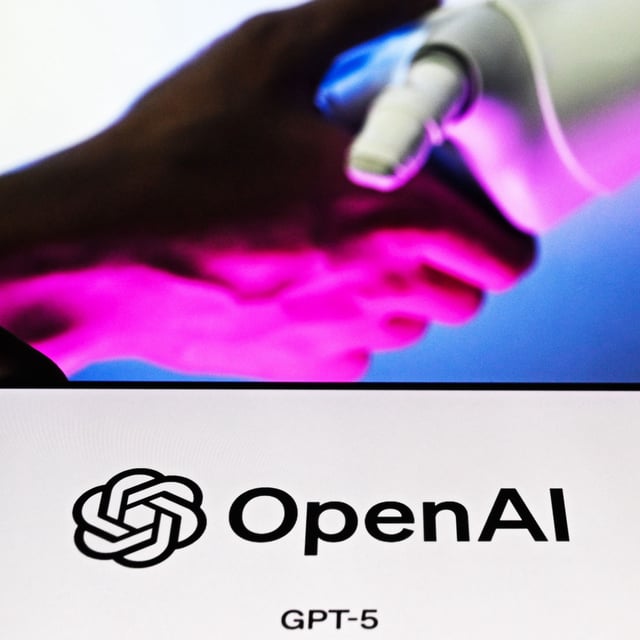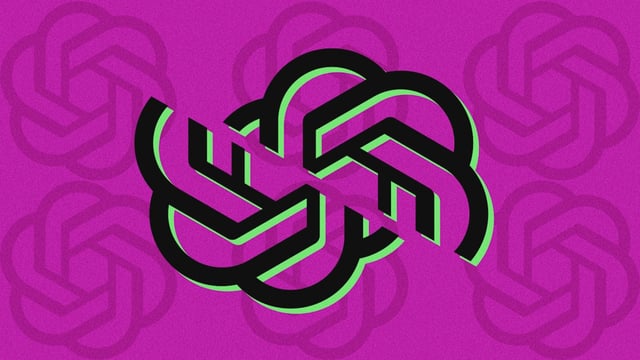Overview
- Microsoft made GPT-5 generally available across Microsoft 365 Copilot, GitHub Copilot and Azure AI Foundry, with multiple variants and large context windows managed by a new model router.
- Oracle embedded GPT-5 into Oracle Database, Fusion Cloud Applications and NetSuite to add natural‑language queries, code assistance and agent‑driven automation inside core workflows.
- Sam Altman acknowledged the company "screwed up" the rollout by replacing GPT-4o as the default, and OpenAI restored 4o as an option for paying subscribers while it tunes tone and behavior.
- Independent tests report higher coding scores and fewer hallucinations versus prior models, and OpenAI leaders and product managers highlight design changes aimed at safer, more grounded answers.
- Altman says GPT-6 will emphasize persistent memory and personalization, and he cautions that GPU capacity constraints could shape the release timeline and availability.



